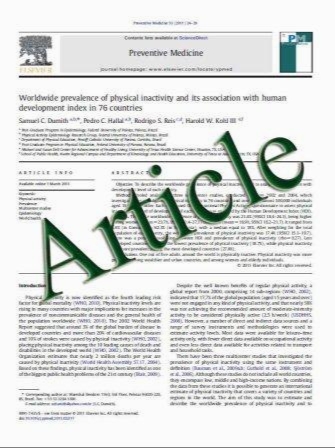Children with posterior reversible encephalopathy syndrome associated with atypical diffusion-weighted imaging and apparent diffusion coefficient
- نوع فایل : کتاب
- زبان : انگلیسی
- مؤلف : Kenji Ishikura Yuko Hamasaki Tomoyuki Sakai Hiroshi Hataya Tomohide Goto Sahoko Miyama Tatsuo Kono Masataka Honda
- چاپ و سال / کشور: 2011
Description
Posterior reversible encephalopathy syndrome (PRES) is a reversible, predominantly posterior, leukoencephalopathy associated with renal insufficiency, hypertension, or immunosuppressant drugs.We describe two children with PRES whose primary diagnoses were idiopathic nephrotic syndrome and lupus nephritis. Cranial magnetic resonance (MR) imaging at the onset of PRES showed strong hyperintense signals on diffusion-weighted imaging with restricted apparent diffusion coefficient values predominantly in the posterior region. Such findings have been rarely reported in children with PRES and initially suggested irreversible brain damage; however, both children fully recovered clinically as well as radiologically. Our findings suggest the limitations of cranial MR imaging for diagnosing PRES. Further experience with cranial MR imaging, including diffusion-weighted imaging with apparent diffusion coefficient mapping, is required to improve diagnostic accuracy and the ability to predict outcomes in patients with earlystage PRES. At present, initial imaging studies do not necessarily provide sufficient evidence for a firm diagnosis of PRES or the prediction of outcome
Clin Exp Nephrol (2011) 15:275–280 Received: 22 August 2010 / Accepted: 27 October 2010 / Published online: 10 December 2010 Japanese Society of Nephrology 2010


